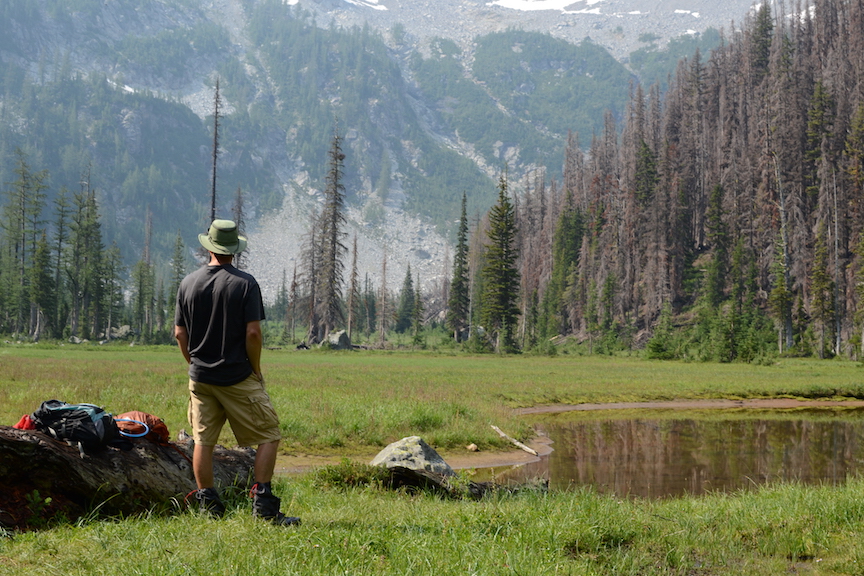Exploring Another World
For the past two weeks I have enjoyed the rich experience of exploring the undersea world of the coral reef of Roatan, Honduras. For my entire adult life I have wanted to gain my SCUBA certification. While I have snorkeled in Hawaii, Thailand, mainland U.S. and Mexico, I am proud to state that I am now PADI certified for open water diving.
As part of an Explorers Club expedition organized by my associate Trent Tresch, Colleen and I were given opportunity to explore the undersea world at 1500 feet below sea level, in a home made submarine. It was an incredible, truly other-world experience that neither of us will ever forget.
Principal to the expedition was the sampling of water, at various depths, to look for microplastics, and to tag six gill sharks, a very poorly understood, 300 million year old creature that lives its entire life in incredibly deep bodies of water.
We were successful in both regards, unfortunately discovering microplastics (as expected), and other members of this dynamic team were able to tag two sharks, the transmitters tracking their movements for a few months, and one year respectively. The final beacon will release itself as programmed, float to the surface, and then transmit all captured data via satellite to be studied.






